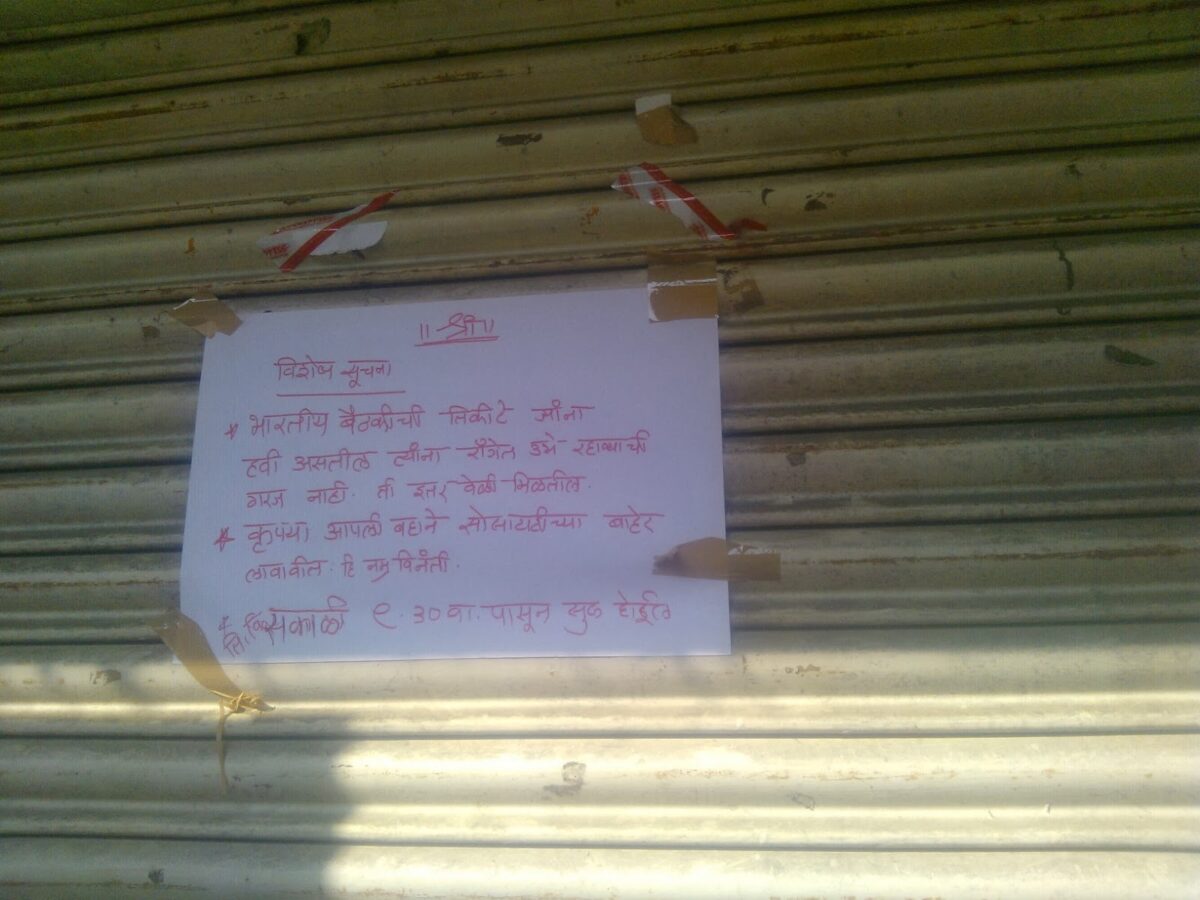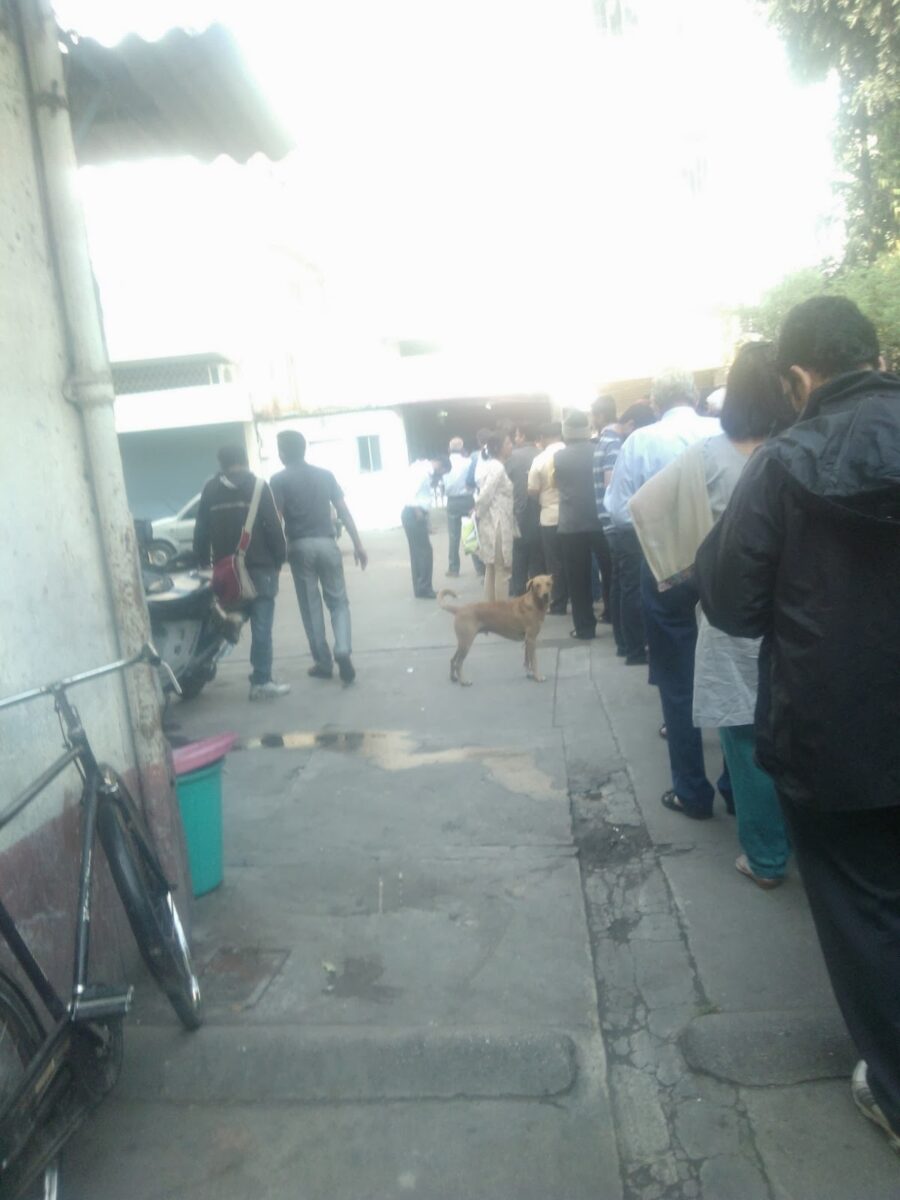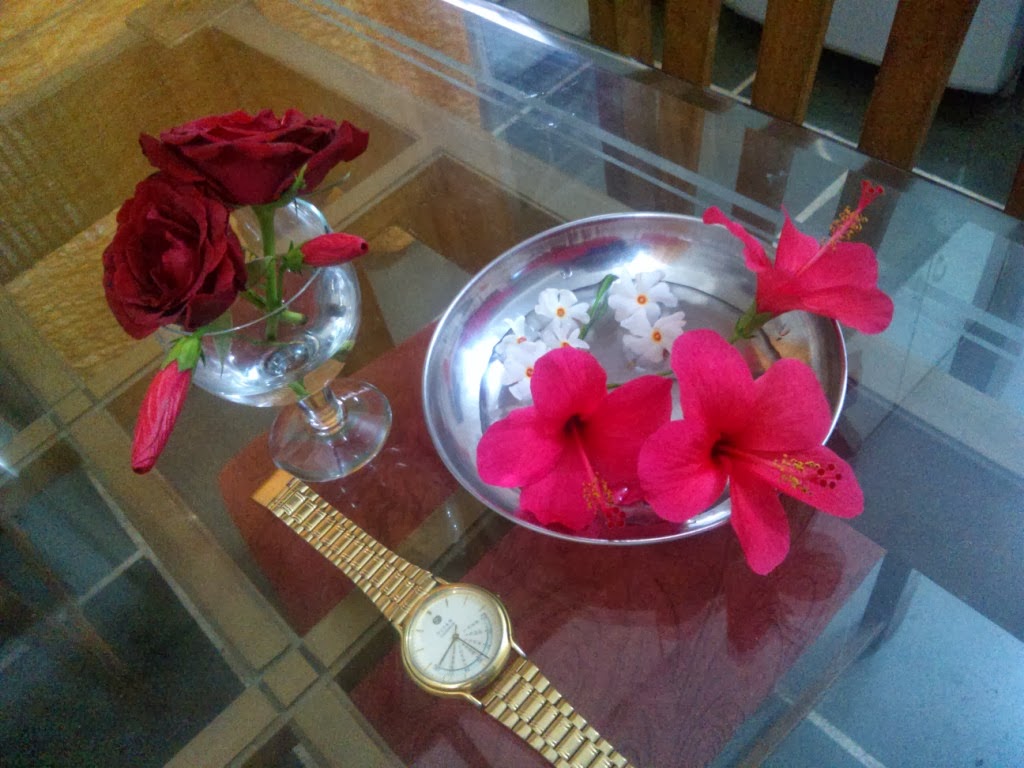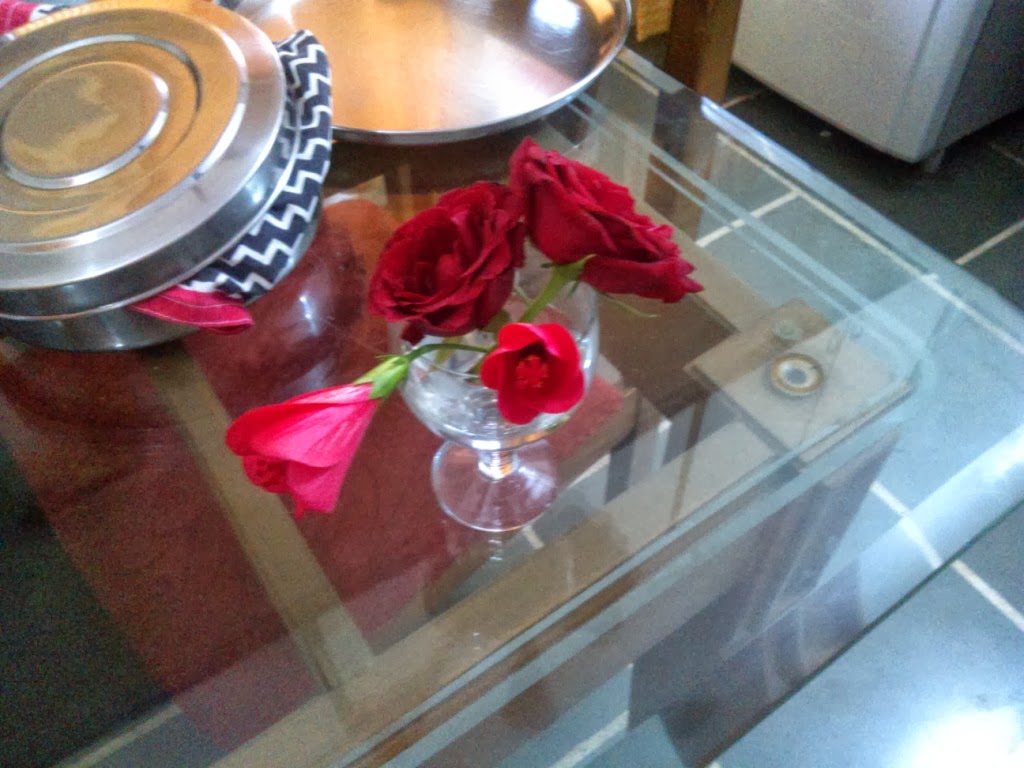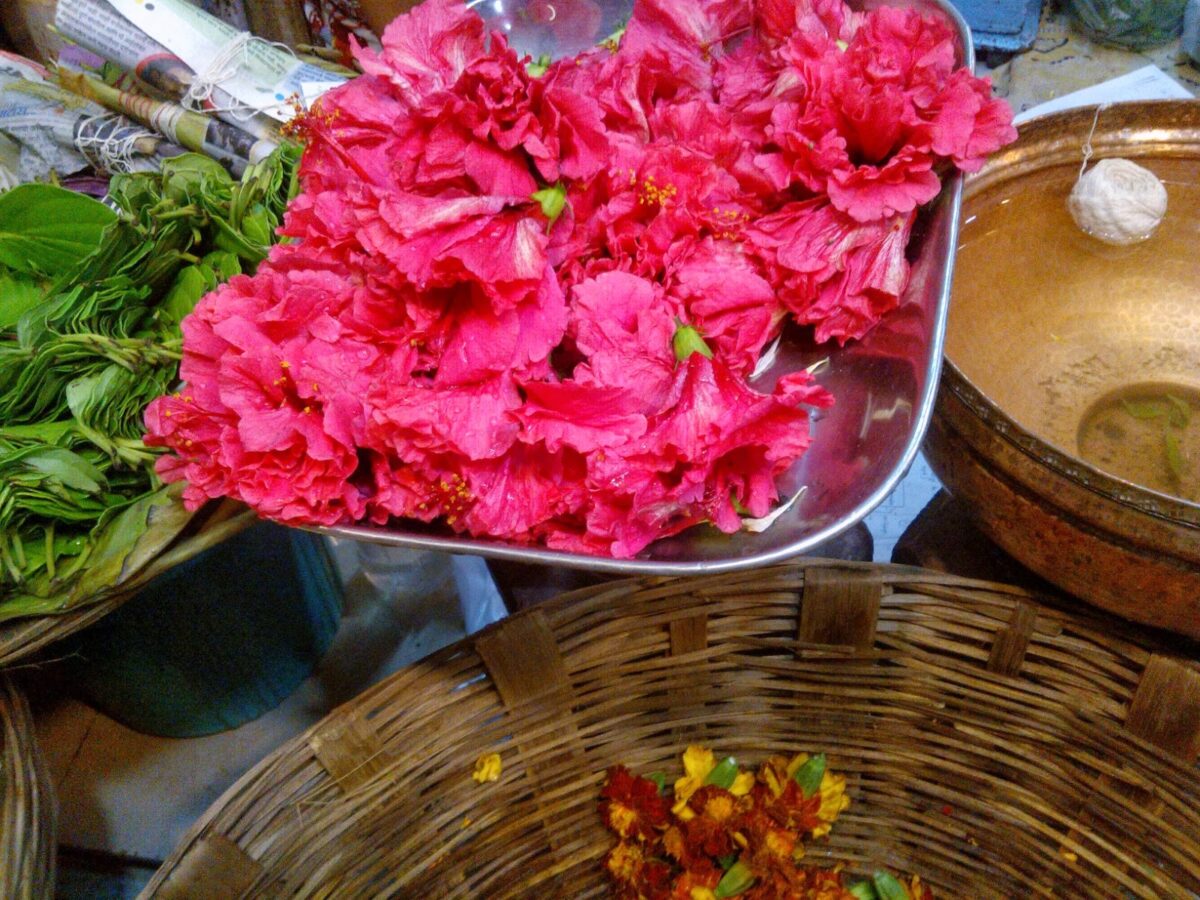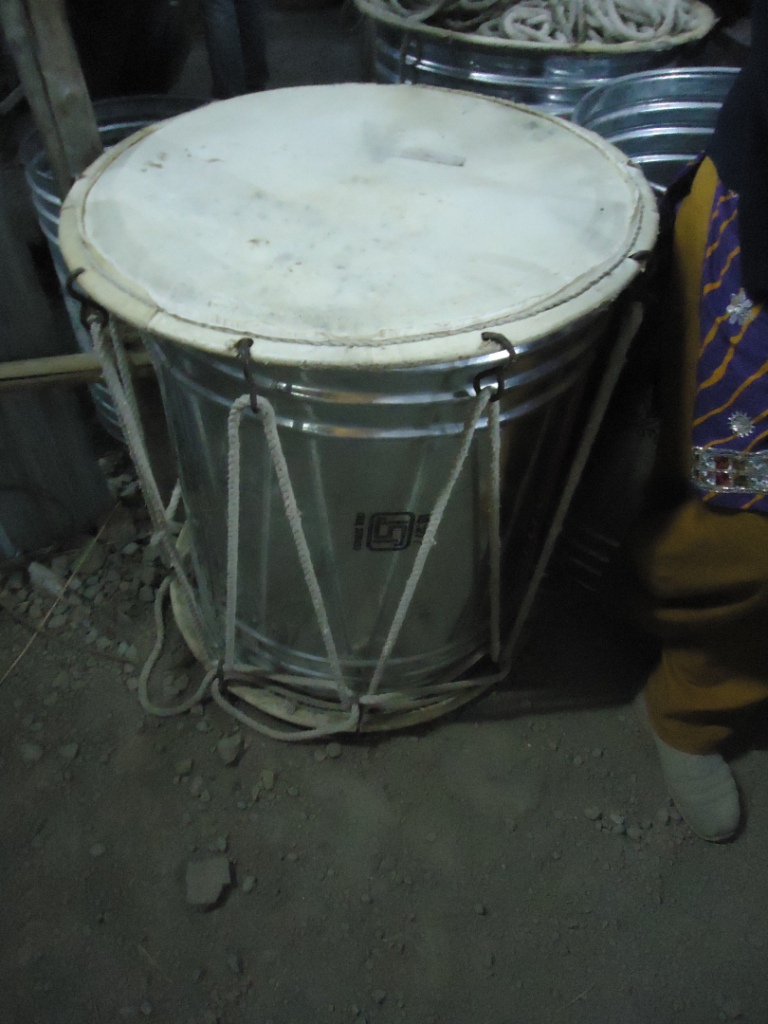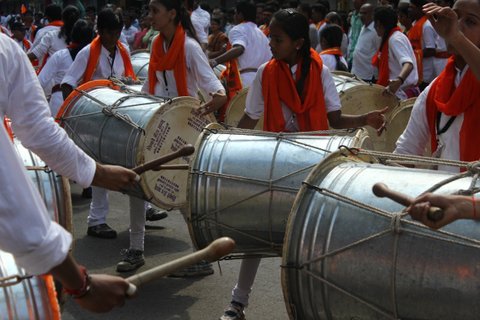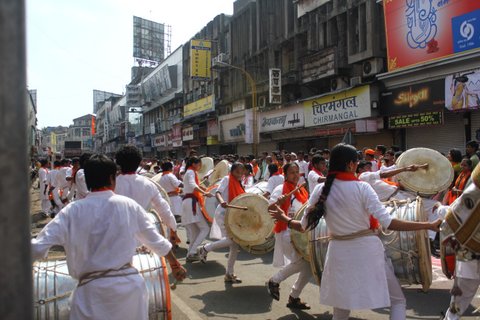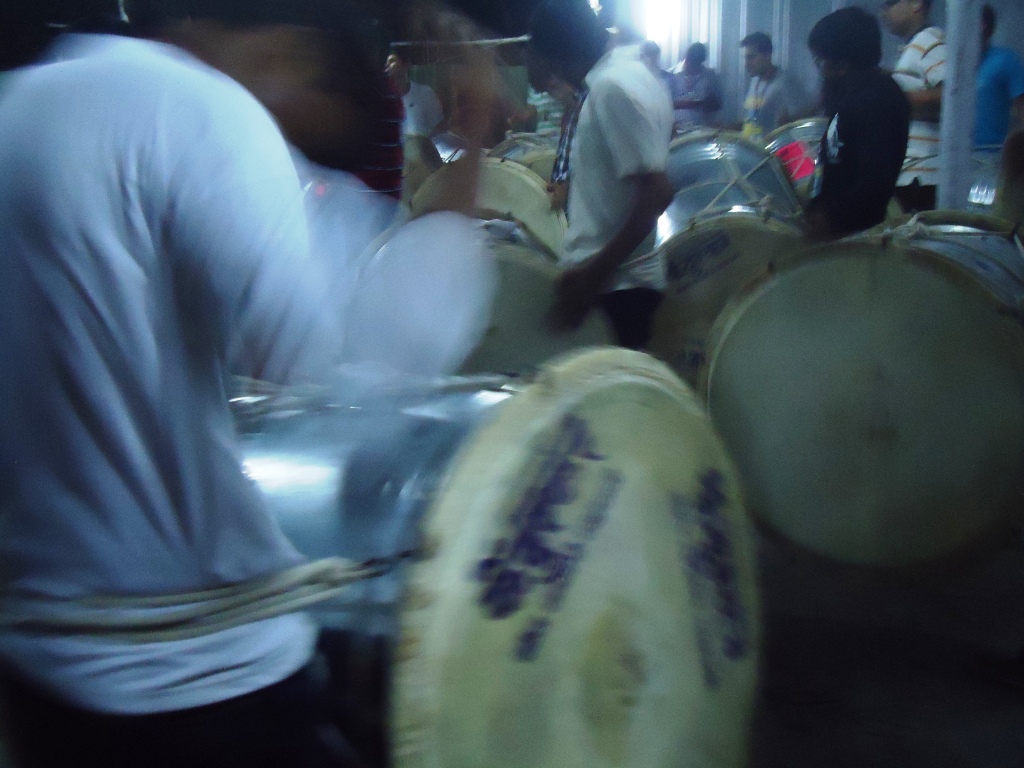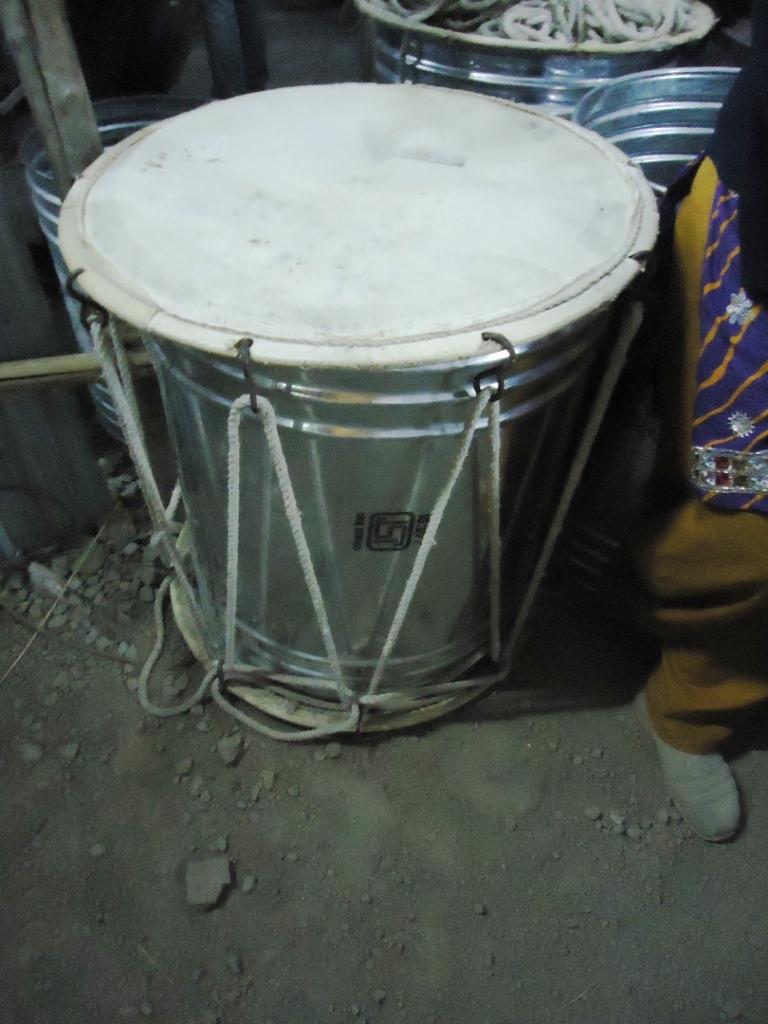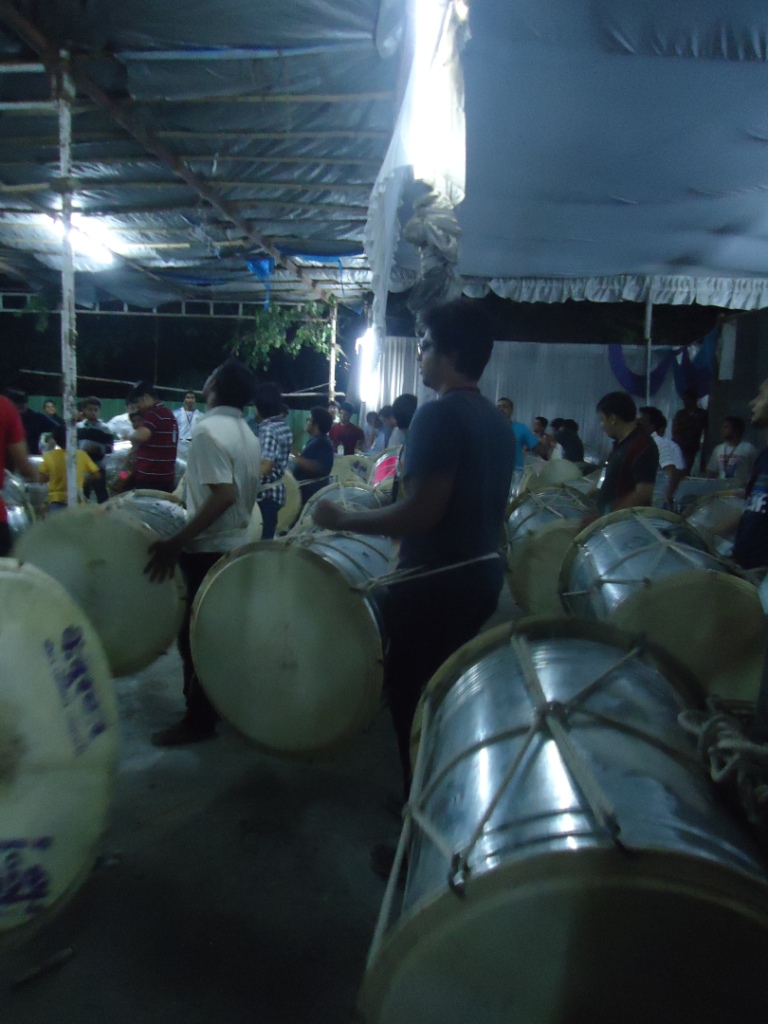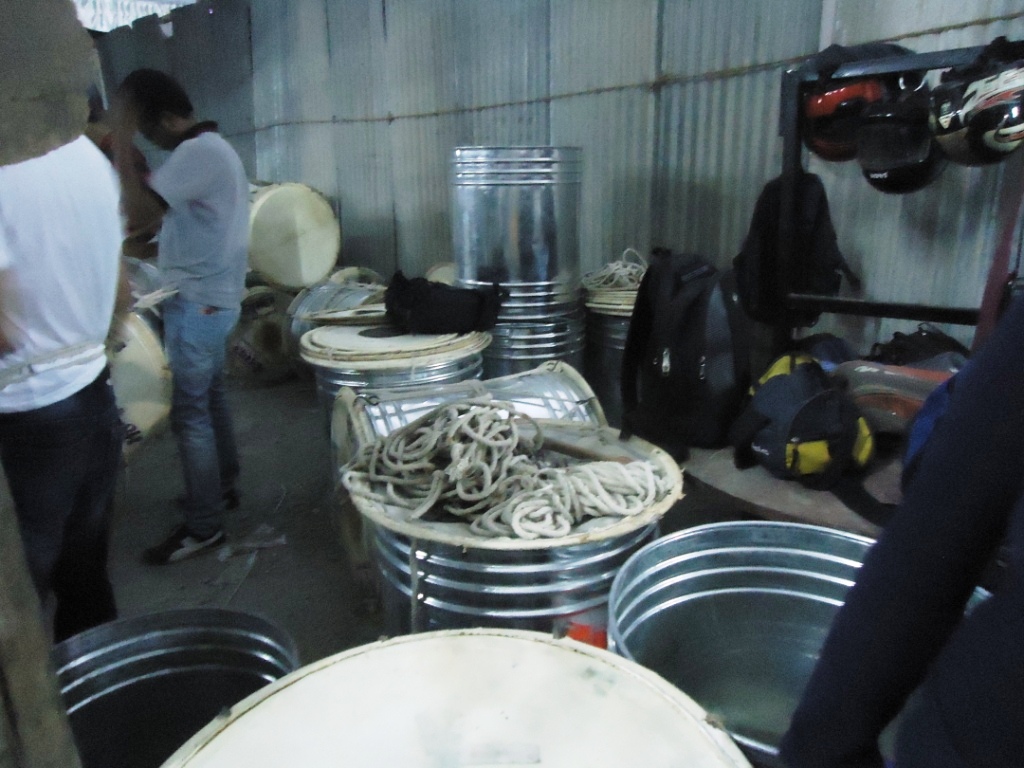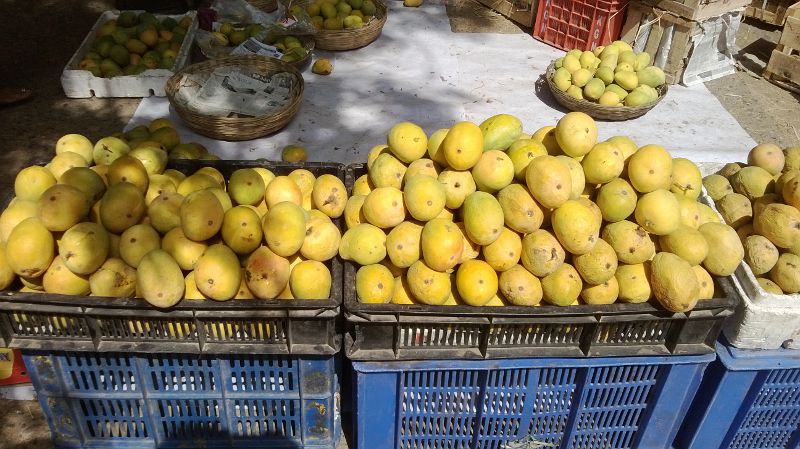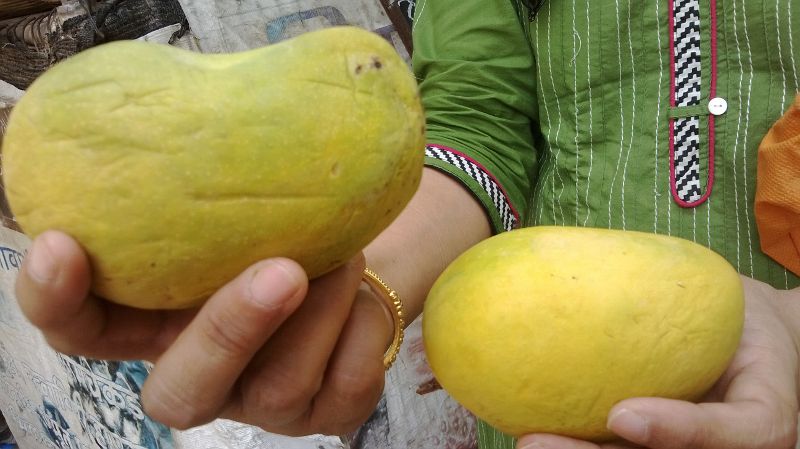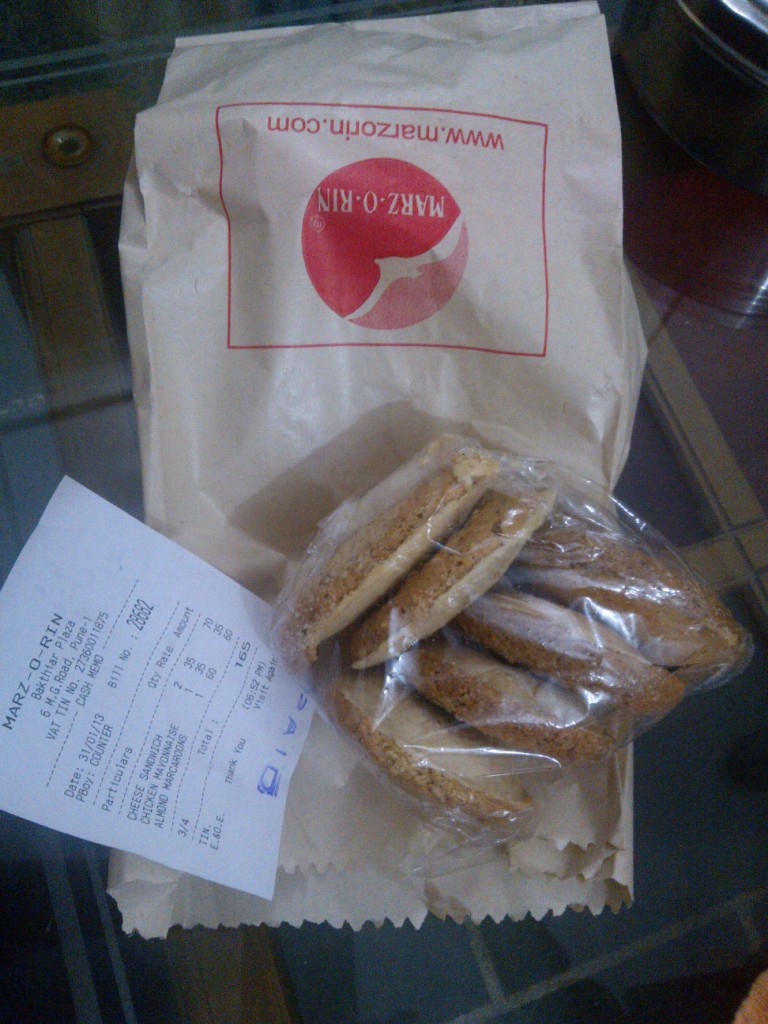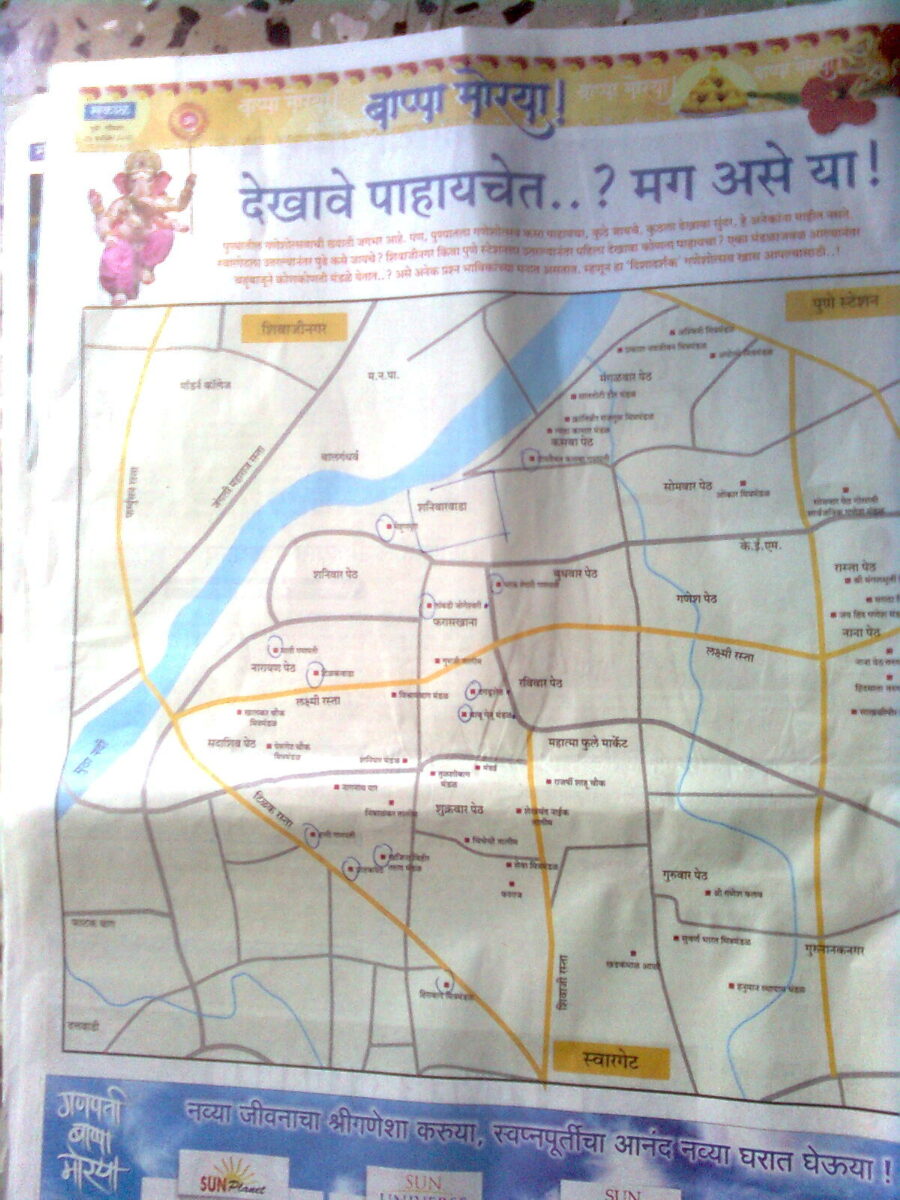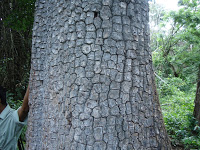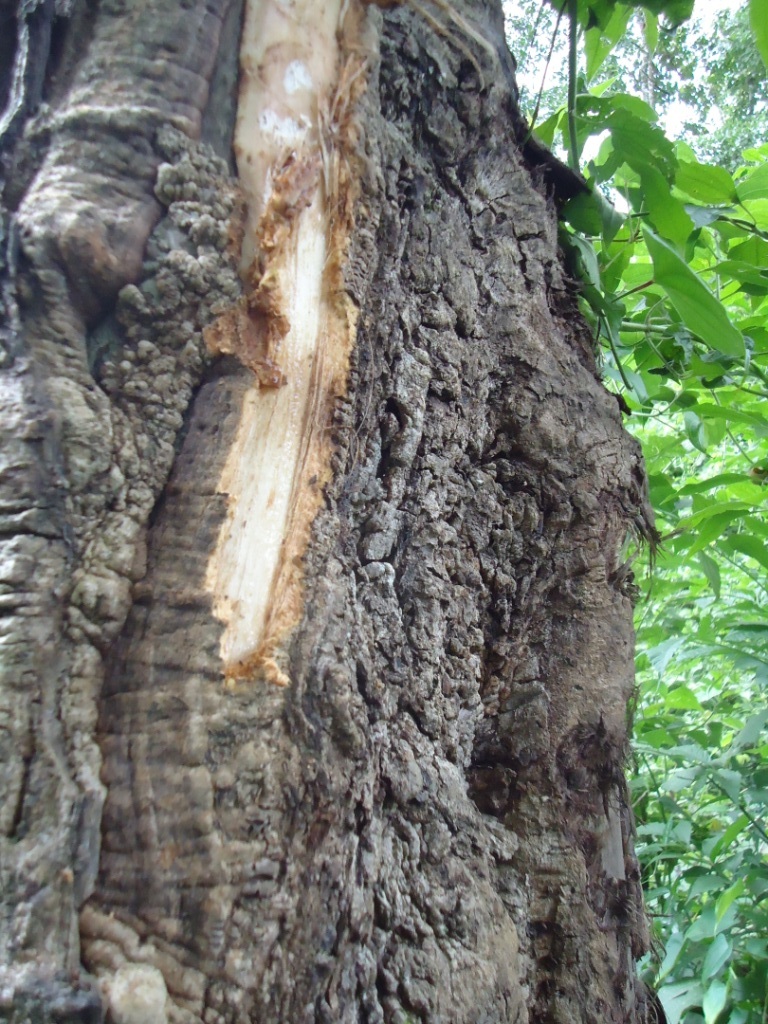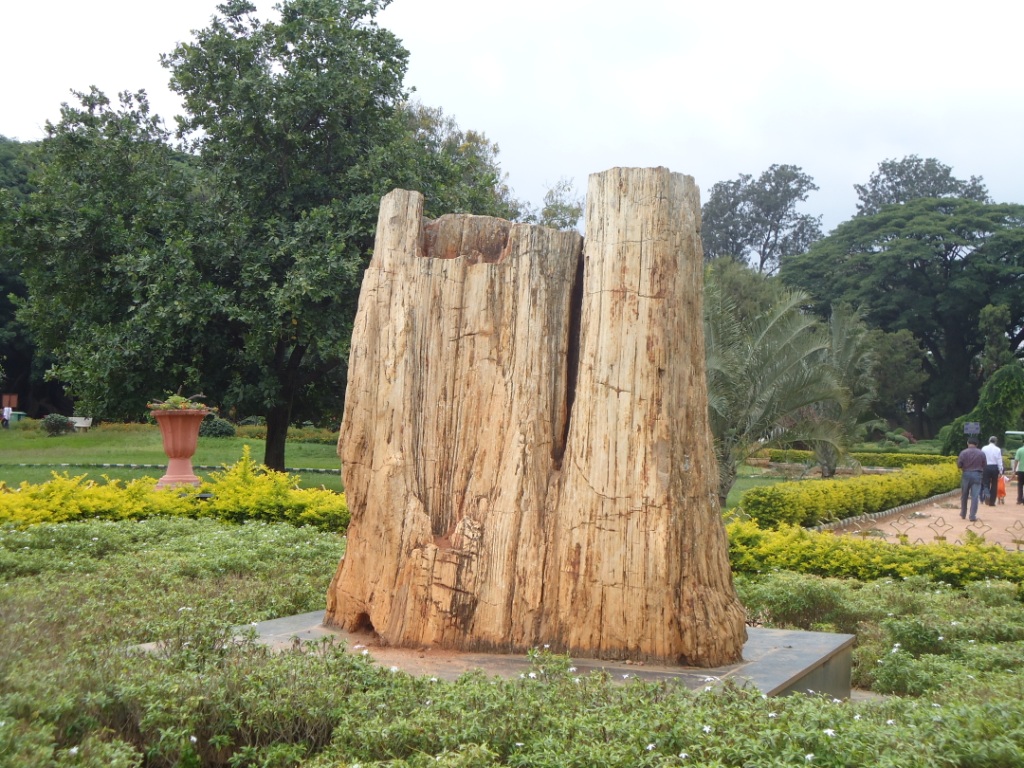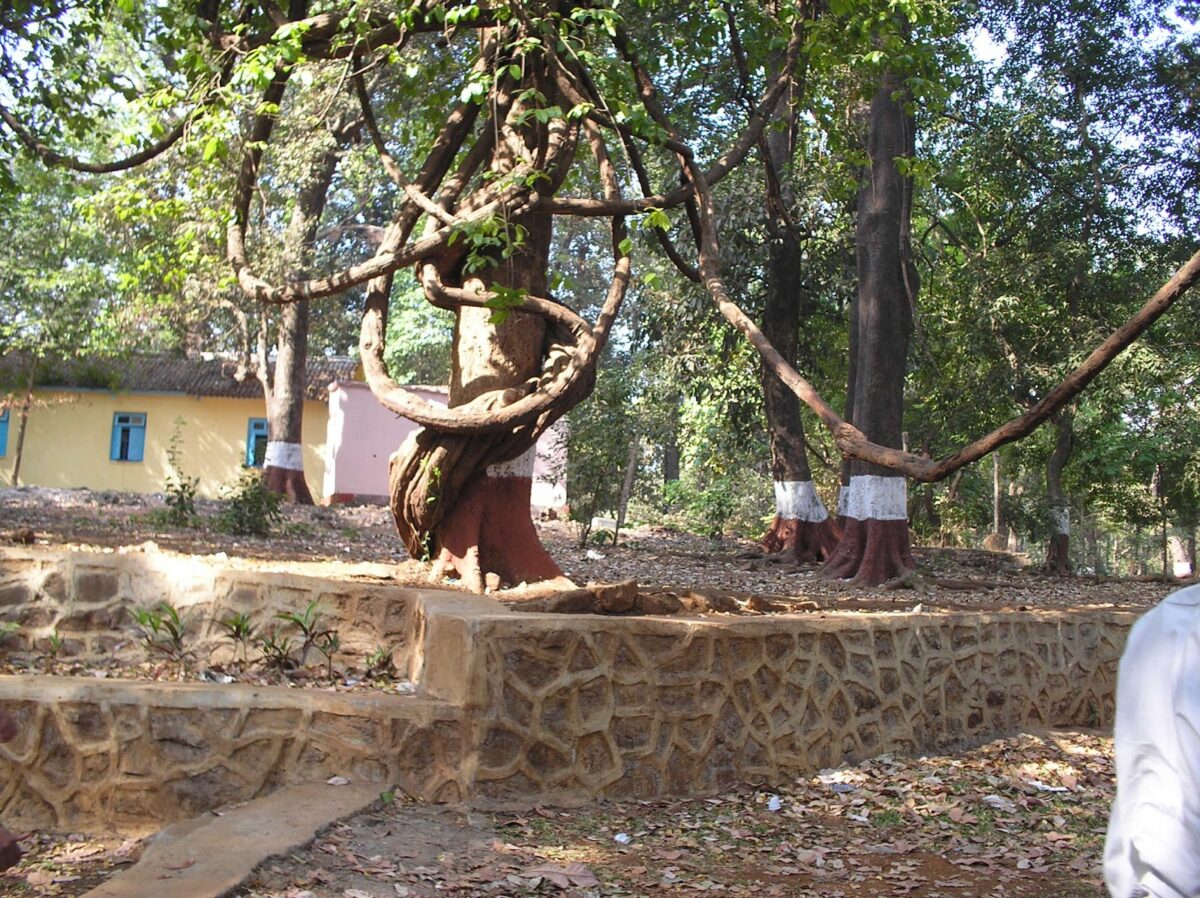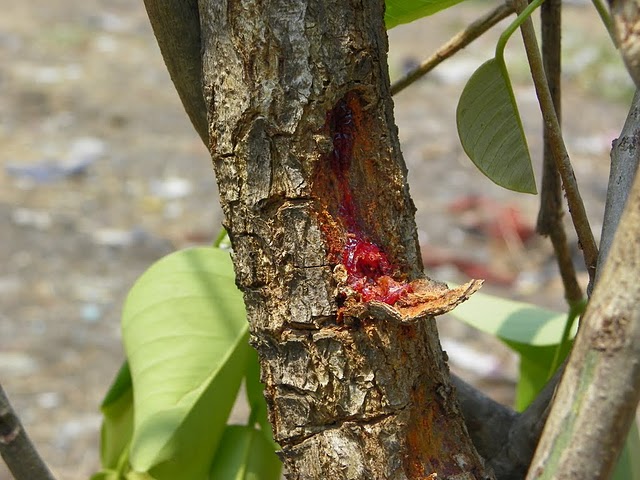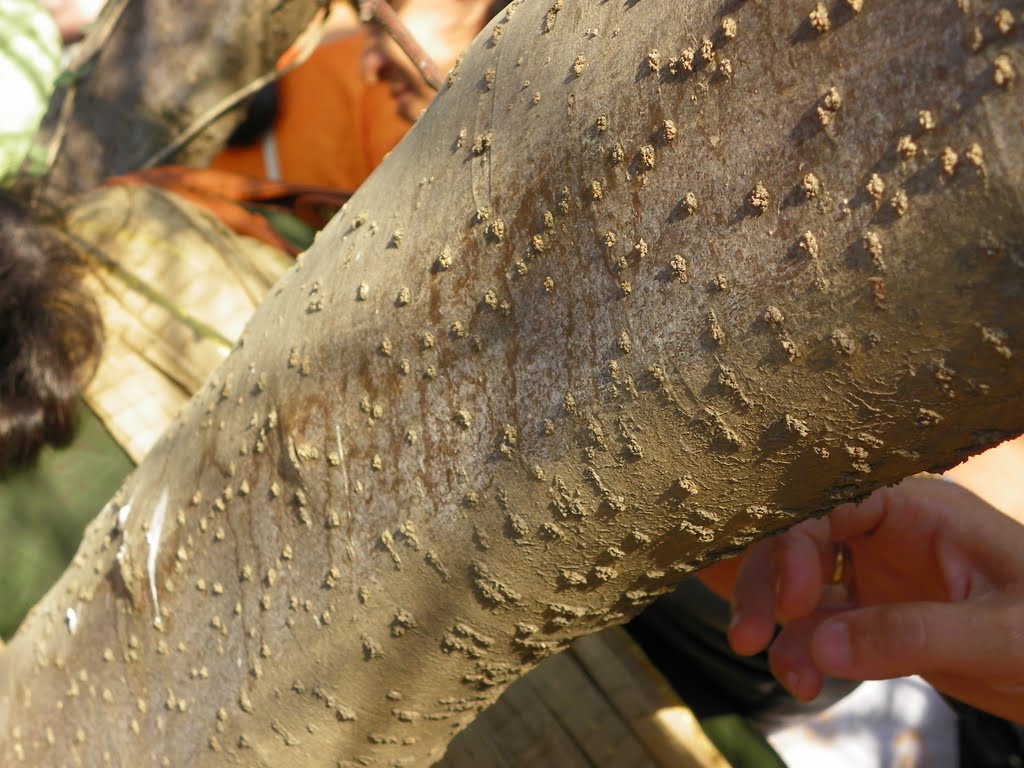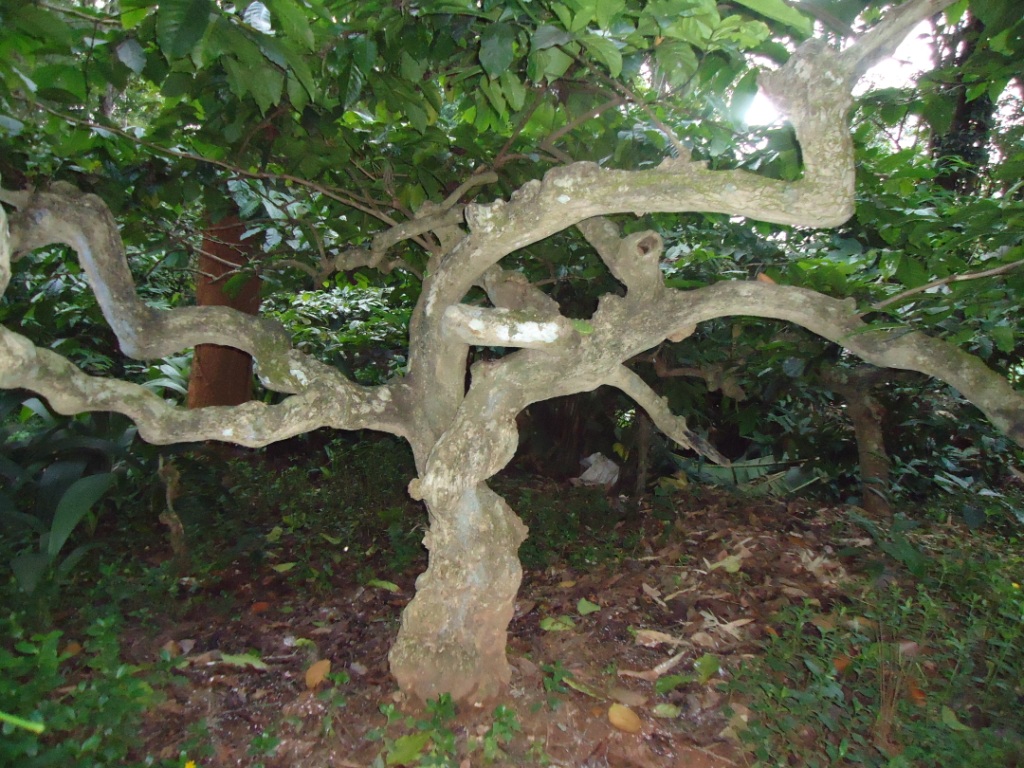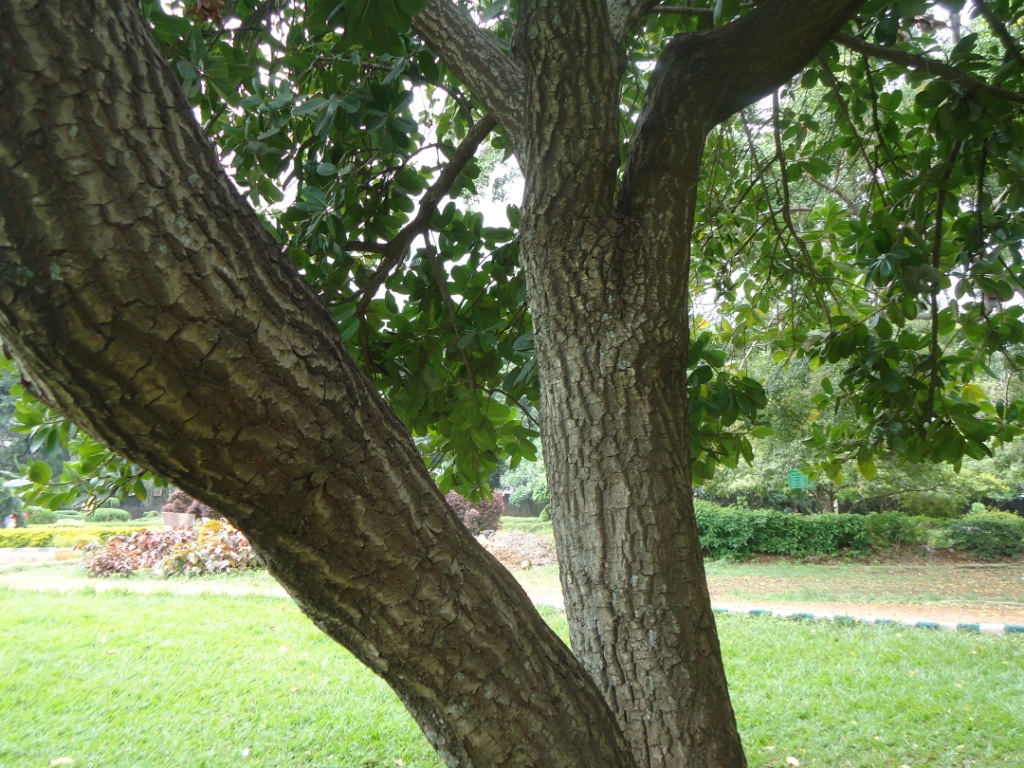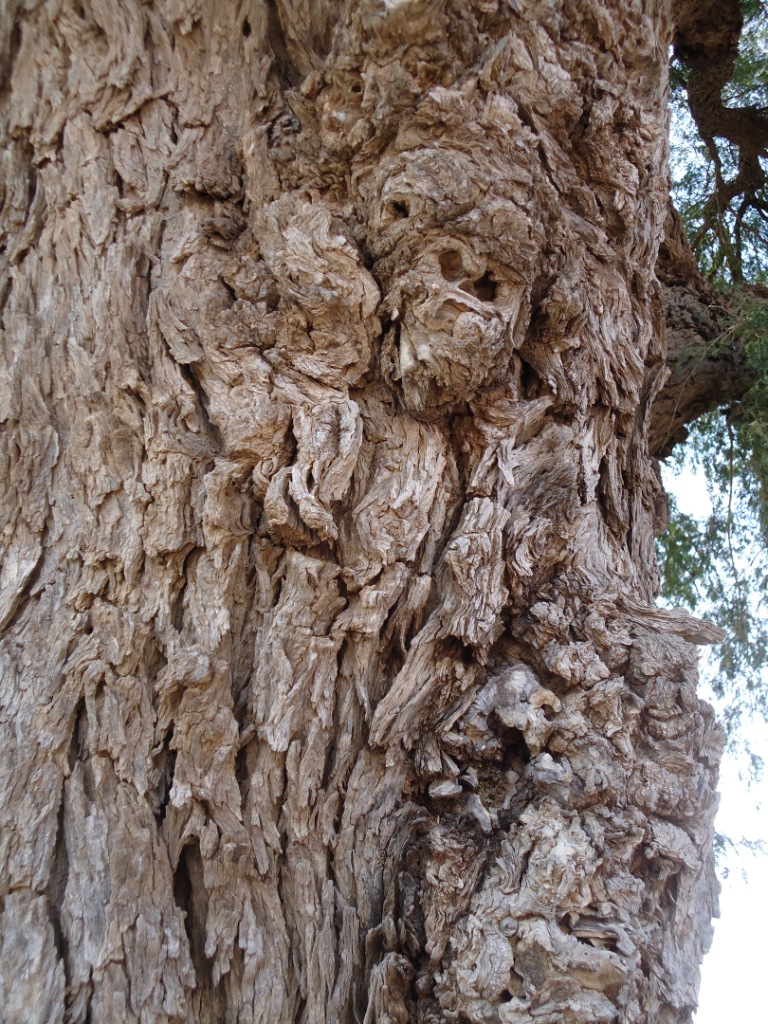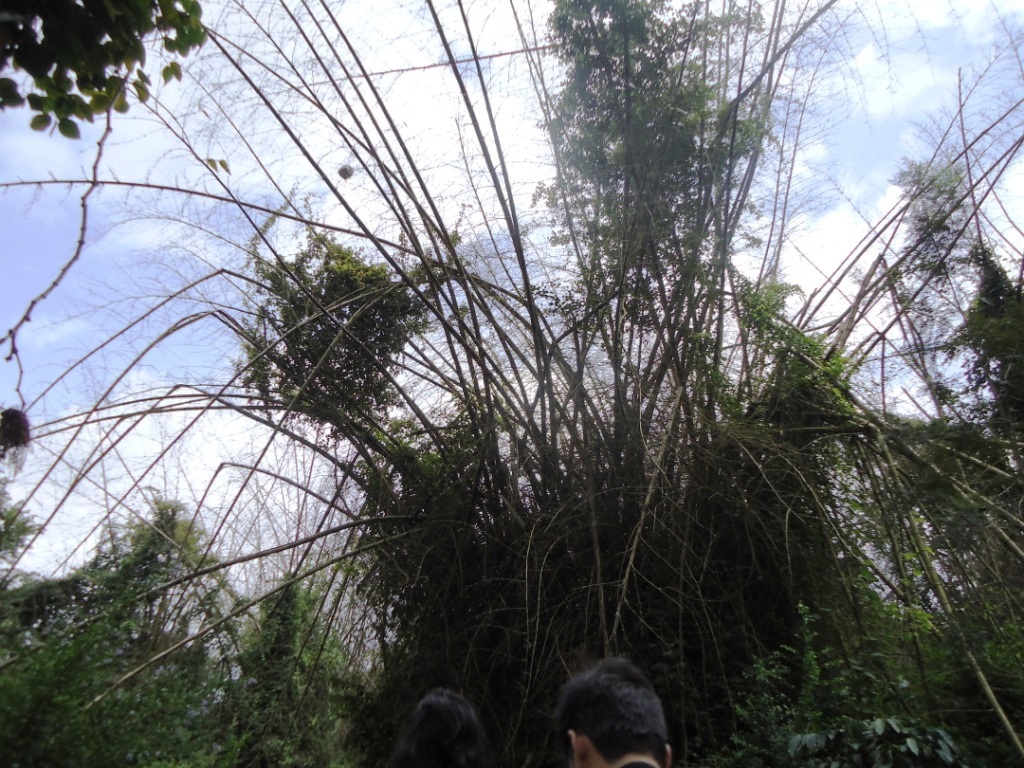prices but also because of Sankranti- a festival
celebrated across India albeit with different names in different states. So
whether it is Lori or Sankranti or Uttarayan or Bihu the vital ingredient of
the key preparations are Jaggery and Til (sesame).
by saying “तिळगुळ घ्या गोड बोला”
ice breaker and a good means to renew strained relationships. To facilitate
spreading bonhomie, the period from Sankranti day (usually 14 January) up to
Rathasaptami is considered auspicious for the same. Ladies are usually busy
with ‘Haldi Kumkums’ an occasion where each one can show-off her black saris. Usually a
no-no, black is a must, come Sankranti! Further we also have a tradition of
making jewellery out of halwa (balls made from sugar syrup and sesame seeds)
that is presented to a baby or at a bride’s first Sankranti.
stuffed with jaggery. To many the concept of sweet rotis is strange yet one
bite of this crisp poli lathered with ghee is sure to remove all doubts. Now
don’t frown at the ghee, its essential; Sankranti is not the time to count
calories.
married. My ever-dependable guide to home style Marathi food is a book called
‘Ruchira’ written by Kamalabai Ogale. I mustered up courage and decided to make
these polis that are considered to be the mark of a chef. I roasted the besan
in oil, roasted and ground poppy seeds and added them to grated jaggery to make
the stuffing. With the firmly mixed dough I was ready to begin. It seemed
simple enough – roll two small circles of the dough, put a bit of stuffing on
one, cover with other circle, roll out, cut off edges and roast on medium
griddle.
in the glory as my husband polished it off giving me the ultimate compliment-
that it tasted just like his Mom’s.
ahead of me quite sure it would be a breeze. Alas, the celebrations had come
too early. The second one on the pan suddenly seemed to come alive as its
surface erupted into umpteen bubbles spewing steam and hot jaggery droplets. I
got the melting mass off the griddle and began afresh.
got the process right and the last couple of polis were respectable again and
without the charcoal flavour that characterised most earlier attempts.
making Gul Polis. It’s now just a collection of pages – the binding having long
given up. I have not invested in a newer edition preferring to stand by this
proven model.
Maharashtra in this period that is used specifically to make laddoos. The catch
in making these laddoos is to get the jaggery syrup to the correct consistency
else the final product ends up becoming rock hard. Trust me; my dental architecture
has suffered from its effects. Further they have to be rolled when the mixture
is hot but greasing your palms with oil or ghee will keep them from burning.
is tooth friendly! It goes like this: roast and grind equal quantities of
groundnuts and sesame (white or polished variety). Grate good quality jaggery
(same quantity as other ingredients). Take little of groundnut powder, sesame
seed powder and jaggery and grind together in a mixer. Ideally it should be
pounded in a mortar and pestle (preferably an iron one). Add cardamom powder
and ghee as required to the entire ground lot. Roll into balls.
Sankranti with its rich repertoire of sesame dishes opens the door to lasting
good health and peace for all of us!

